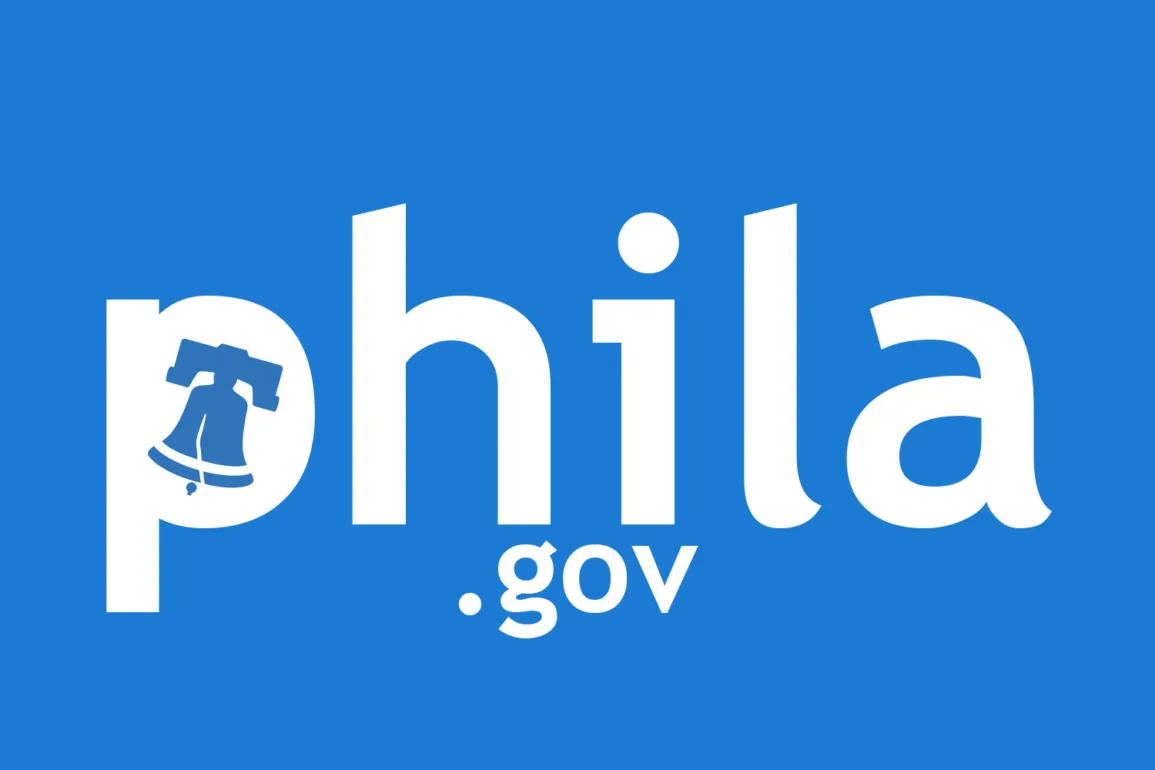
PHILADELPHIA—In 2022, the Philadelphia Department of Public Health recorded 1,413 unintentional overdose deaths. This is an 11% increase from the previous high of 1,276 in 2021. The Health Department also found that the number of Black and Hispanic individuals dying from drug overdose continues to increase; from 2018 to 2022, the number of overdose fatalities increased 87% and 43% among Black and Hispanic individuals, respectively. This change in the demographics of drug overdose deaths mirrors national trends. More than 80% of the overdose deaths recorded in 2022 involved opioids, virtually always fentanyl. Stimulants, such as cocaine, were detected in more than 70% of overdose deaths.
“The 2022 overdose report underscores the urgent need for greater awareness and more tools to fight growing overdose epidemic in Philadelphia and across the U.S.,” said Mayor Jim Kenney. “It is no longer accurate to call this an opioid epidemic; it is an overdose epidemic driven by an increasingly contaminated drug supply. The Health Department, Opioid Response Unit, and several other City agencies and partners are working diligently to meet the challenges of this evolving crisis, and we urge every resident to understand the widespread risks and learn about the life-saving resources that are available.”
“Every one of these more than 1,400 deaths is a tragedy,” said Health Commissioner Dr. Cheryl Bettigole. “The fact that this crisis is spreading across the city and moving into Black and Hispanic neighborhoods like never before is heartbreaking. For those who mistakenly thought that this was a problem contained within Kensington, these data show that is not the case. And the risk is not confined to those who are dependent on opioids; people who use stimulants and those who only use drugs occasionally are also dying of overdoses, most often due to opioids mixed with stimulants. We are committed to working with partners across the city to find new strategies to meet this growing threat.”
Overdose deaths occurred in nearly every zip code in Philadelphia.
Between 2018 and 2022, opioid and stimulant-involved overdose deaths among Black individuals more than doubled (146%), while stimulant-only overdose deaths increased by a much more modest amount (64%). This means that the introduction of opioids into the marketplace of stimulant-only users is driving the majority of the spike in overdose deaths in Black individuals. Similarly, Hispanic individuals saw an 81% rise in opioid and stimulant-involved overdose deaths, while seeing a 3% decline in the number of stimulant-only overdose deaths. While deaths of Black and Hispanic individuals increased dramatically since 2018, the number of White individuals who died from a drug overdose decreased slightly (12%).
Fentanyl continues to be the drug most often implicated in deaths, having been found in 96% of deaths where opioids were involved. Similarly, cocaine was found in 88% of stimulant-involved deaths, making cocaine the second most common drug involved in overdose deaths. The majority of overdose deaths in Philadelphia, 57%, involved both an opioid like fentanyl and a stimulant like cocaine. Xylazine, a veterinary anesthetic and analgesic, was found in 34% of all overdose deaths. Virtually every death where xylazine was found also involved fentanyl.
The Health Department is working with other City departments and community partners to address the continued rise in overdose deaths through four main efforts:
- Coordinating a citywide overdose fatality review to understand the specific circumstances that lead to overdose deaths in order to propose and institute system and policy changes in an effort to prevent fatal overdose.
- Broadly and rapidly expanding outreach into historically underserved communities. This effort includes:
- Door-to-door canvassing by Philly Counts to provide overdose prevention and treatment resources with the capacity to reach 600 households per day.
- Outreach and engagement in neighborhoods where people may be less likely to identify as a Person Who Uses Drugs (PWUD).
- A direct mail campaign focused on risks related to of intentional and unintentional mixing of stimulants and opioids,
- Working with local healthcare providers to discuss stimulant use, related risks, and strategies for safer use with patients, and
- Launching targeted media campaigns in areas experiencing disproportionate rates of fatal overdose about the dangers of stimulant and opioid use.
- Providing healthcare providers, including pharmacists, with training and technical assistance to increase the availability of medications for opioid use disorder.
- Continuing to prioritize community-based harm reduction by:
- Distributing naloxone and fentanyl and xylazine test strips to individuals and community-based organizations,
- Providing free trainings on harm reduction, overdose reversal, and test strip use,
- Providing free field-based wound care and education by licensed medical staff to people affected by wounds suffered due to xylazine use, and
- Supporting rapid transfers to substance use treatment facilities directly from emergency departments, jails, and the community.
The Health Department continues to encourage all Philadelphians to obtain, carry, and get trained to use naloxone, the overdose reversing medication. You can literally save the life of a friend or loved one, even if you didn’t know they used opioids.
Please consider including the following resources in your coverage of this topic:
The full report on 2022 overdose deaths in Philadelphia can be downloaded from the Health Department’s website. The City anticipates issuing an additional press release announcing the new door-to-door canvassing program that is focused on raising awareness of this crisis in those communities seeing the quickest rises in overdose deaths.


